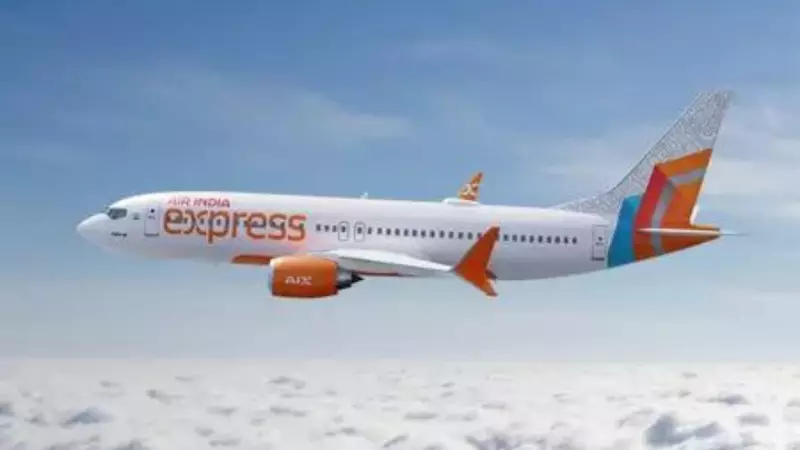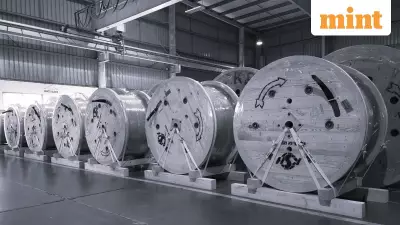
In a significant move to enhance passenger experience and operational efficiency, Air India Express has officially unveiled its first completely retrofitted Boeing 737-800 aircraft. The transformation marks a major milestone in the airline's fleet modernization strategy.
Revolutionary Cabin Transformation
The newly retrofitted aircraft boasts a completely redesigned interior that promises to redefine economy class travel. Gone are the mixed configurations of the past - this aircraft now features an all-economy seating layout, strategically designed to maximize capacity while maintaining passenger comfort.
Enhanced Passenger Comfort Features
Travelers can look forward to numerous upgrades including:
- New ergonomic seats with improved legroom
- State-of-the-art cabin lighting system
- Refreshed overhead bins with increased storage capacity
- Modernized lavatory facilities
- Updated cabin aesthetics with contemporary color schemes
Strategic Fleet Modernization
This retrofit represents the first of many aircraft scheduled for similar transformations within the Air India Express fleet. The move aligns with the airline's broader strategy to standardize its aircraft configuration, streamline operations, and deliver a consistent travel experience across its network.
The all-economy configuration is particularly significant for the airline's business model, which focuses on short to medium-haul routes where maximizing seat capacity directly impacts profitability while maintaining competitive pricing for passengers.
What This Means for Travelers
Passengers flying with Air India Express can expect:
- More consistent cabin experience across different aircraft
- Improved comfort despite the all-economy setup
- Potential for more competitive pricing due to operational efficiencies
- Modern amenities that rival newer aircraft in the market
The introduction of this retrofitted aircraft comes at a crucial time as the aviation industry continues its post-pandemic recovery. Air India Express's investment in cabin upgrades signals confidence in the growing demand for air travel and commitment to enhancing customer satisfaction.
Industry experts view this move as a smart approach to fleet management, allowing the airline to extend the life of existing aircraft while providing passengers with a near-new flying experience without the substantial cost of purchasing brand new planes.





